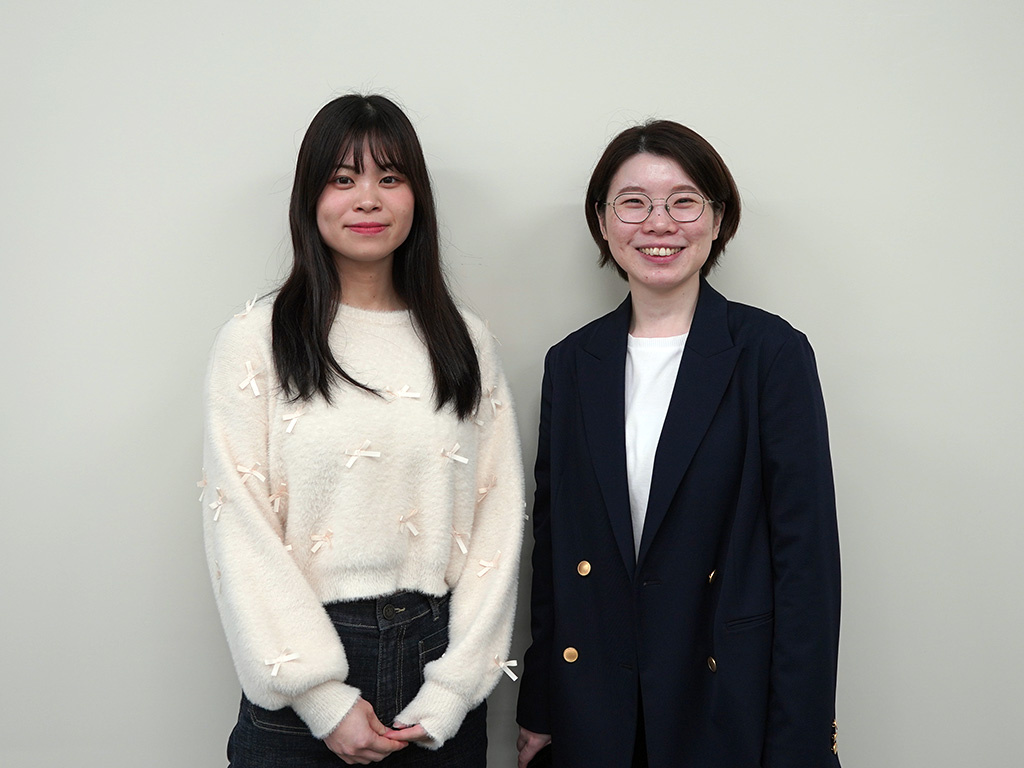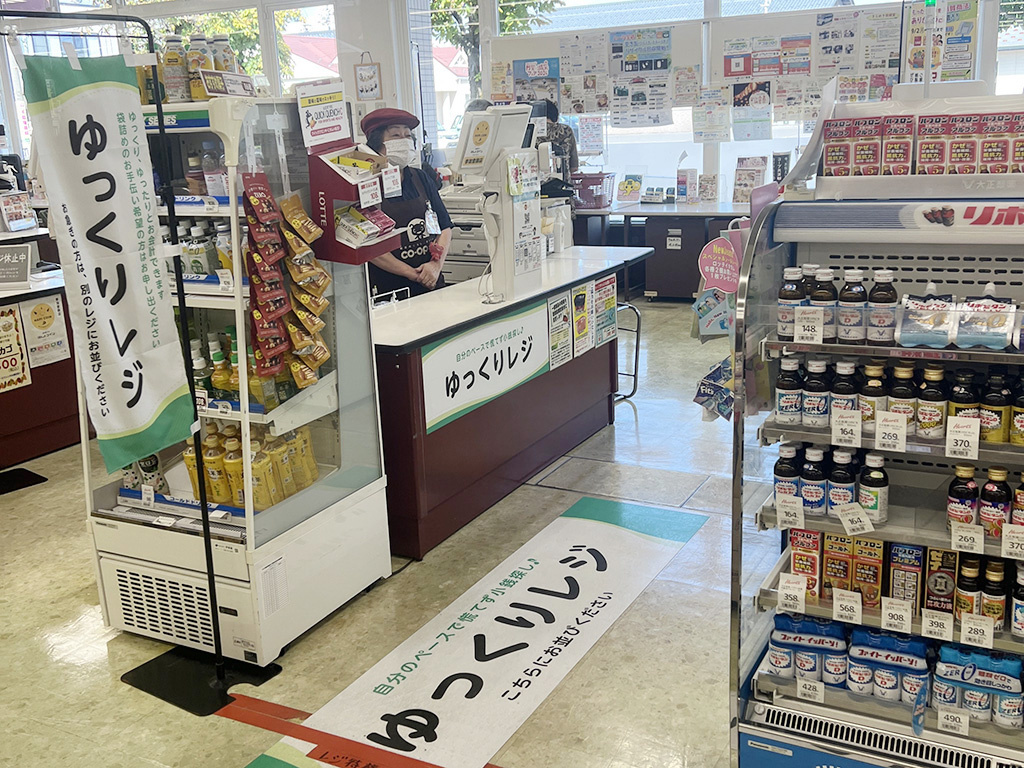
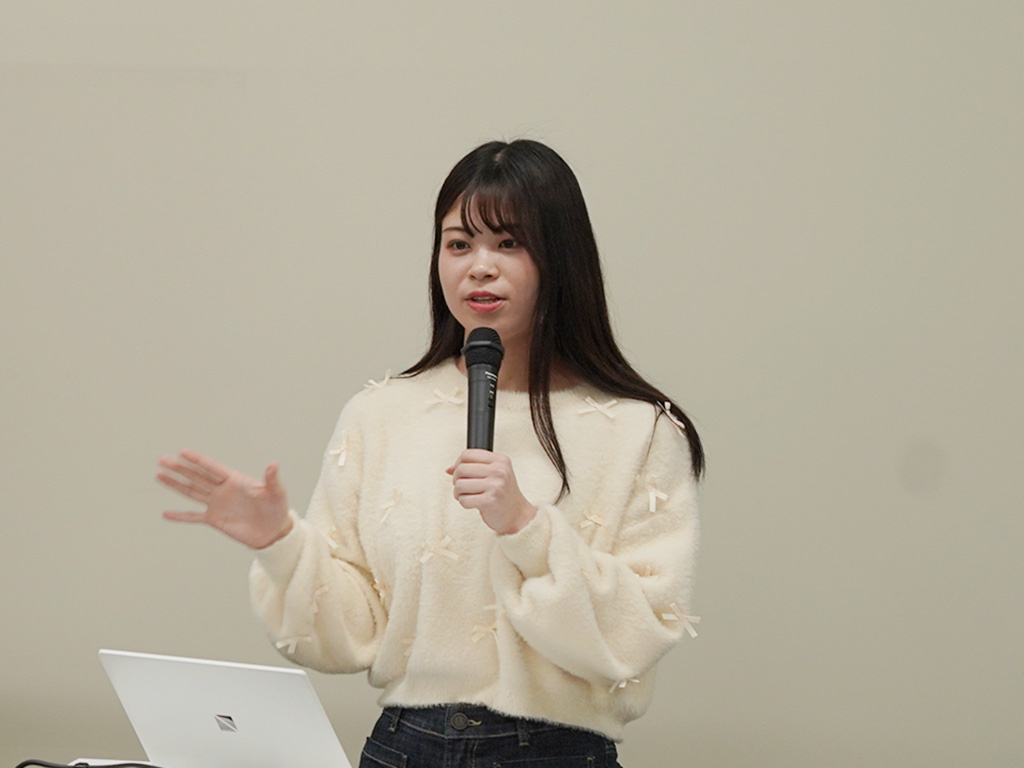
| Degree Project Theme | Creating Elderly Communities Through Everyday Life: A Cash Register That Makes Shopping Enjoyable |
| Degree Project Overview | The “Smile Register” project proposes a cash register that diverges from the trend of self-checkout machines, enabling elderly customers to engage in leisurely conversations with cashiers during shopping. The aim is to alleviate loneliness, increase repeat customers, and transform shopping into an opportunity for communication. |
Examining the Effects of the “Smile Register” and Customer Service Needs
Through the Blue Ocean Strategy
For my degree project, I examined the concept of a “Smile Register” system that would enable elderly people to enjoy shopping while having conversations with the staff. This idea came about from my observations while working part-time at a department store. In particular, I noticed that elderly customers were looking for opportunities to talk to the staff, and I saw at close hand how they were struggling to use the self-checkout machines, which led me to realize that “interaction” holds greater importance than “efficiency” for elderly customers.
In order to realize the “Smile Register”, I used the Blue Ocean Strategy that I learned in my “Introduction to Business Administration” class and came up with a new idea. The Blue Ocean Strategy focuses on maximizing profits by expanding certain features while reducing or eliminating others, creating new value propositions in untapped, competition-free markets. I countered the prevailing business strategy of promoting self-checkout machines by designing a new service that prioritizes interaction between store staff and customers. By proposing a checkout counter that eases the loneliness of the elderly and emphasizes their communication needs, I aim to increase the number of repeat customers.
In order to verify the project, I initially proposed introducing the “Smile Register” system at my part-time workplace but discovered challenges such as the need for advanced customer service skills among checkout staff and a general shortage of personnel. As I gathered information, I learned that the Fukui Co-operative Society (Fukui Kenmin Seikatsu Kyōdō Kumiai) Hearts Hasui Store was practicing the “Slow Register” system, and I decided to conduct fieldwork at that store.
Through observing staff-customer interactions at the checkout and conducting interviews with customers and staff, I realized that there was definitely a need for the “Slow Register” service, as the customers’ reactions were all positive. I found that the store does not conduct formal communication training. Instead, it emphasizes fostering a shared understanding among employees that “communication with customers is vital, and the store should aim to turn customers into fans.” This approach has successfully implemented the “Slow Register” service.
Acquiring the customer service skills required for the ‘Smile Register’ poses significant challenges, and establishing a system independent of individual expertise remains an unresolved issue, but through this fieldwork, I felt that this service is necessary not only for the elderly, but also for many customers.
Feedback at the final reporting session
I gave a progress report on my project at the “Degree Project Final Reporting Session” held on Monday, November 11, 2024.At the session, we invited stakeholders from companies and government as external evaluators to give feedback on the projects from the perspective of novelty and feasibility.
I received feedback on my project from Mr. KAMACHI Kiyoshi, Director, Tourism Promotion and Hospitality Department of Hiroshima Convention & Visitors Bureau, and Mr. TOMOIKE Daisuke, Chushikoku regional div. sales team & HR team leader of H.I.S.Co., Ltd.
・In the service industry, with the Japanese population set to decline in the future, acquiring new customers will become increasingly challenging. Therefore, the customer repeat rate is a crucial metric, making this initiative highly valuable. However, self-checkout machines excel in turnover rate, necessitating innovative solutions to bridge the gap, such as encouraging customers to make additional purchases through personalized communication.
・It would be beneficial to present comparative data, such as turnover rates, time spent per customer, and sales, between “Smile Register” and self-checkout machines. Providing concrete numerical evidence will further enhance the proposal’s credibility and impact.
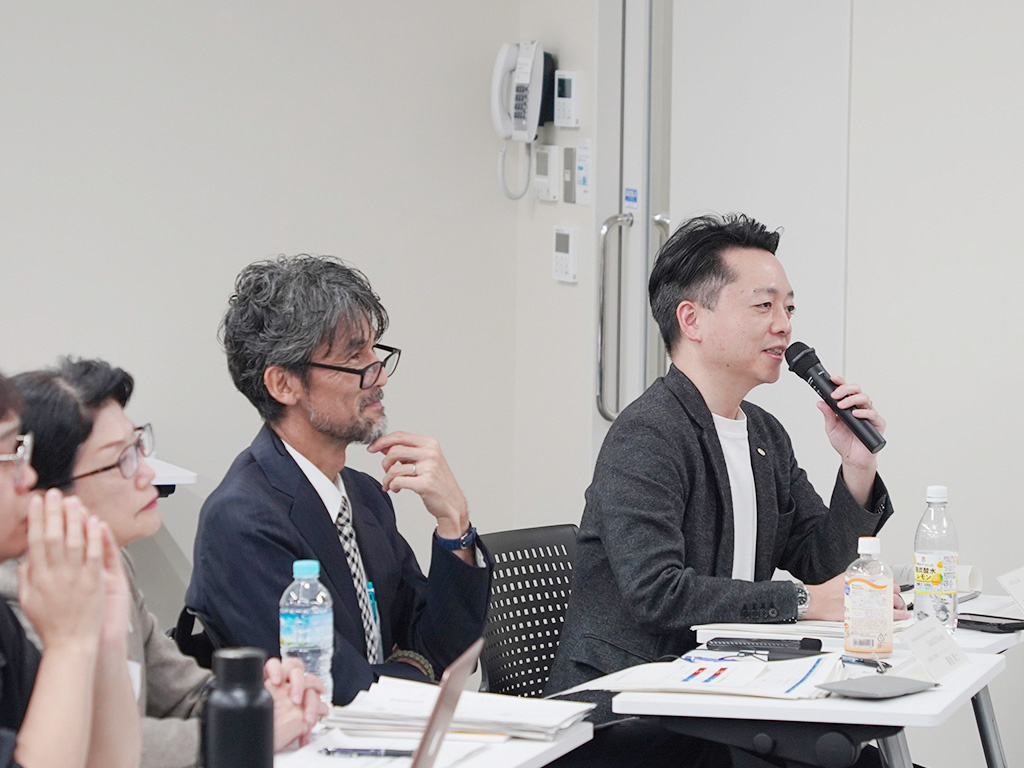
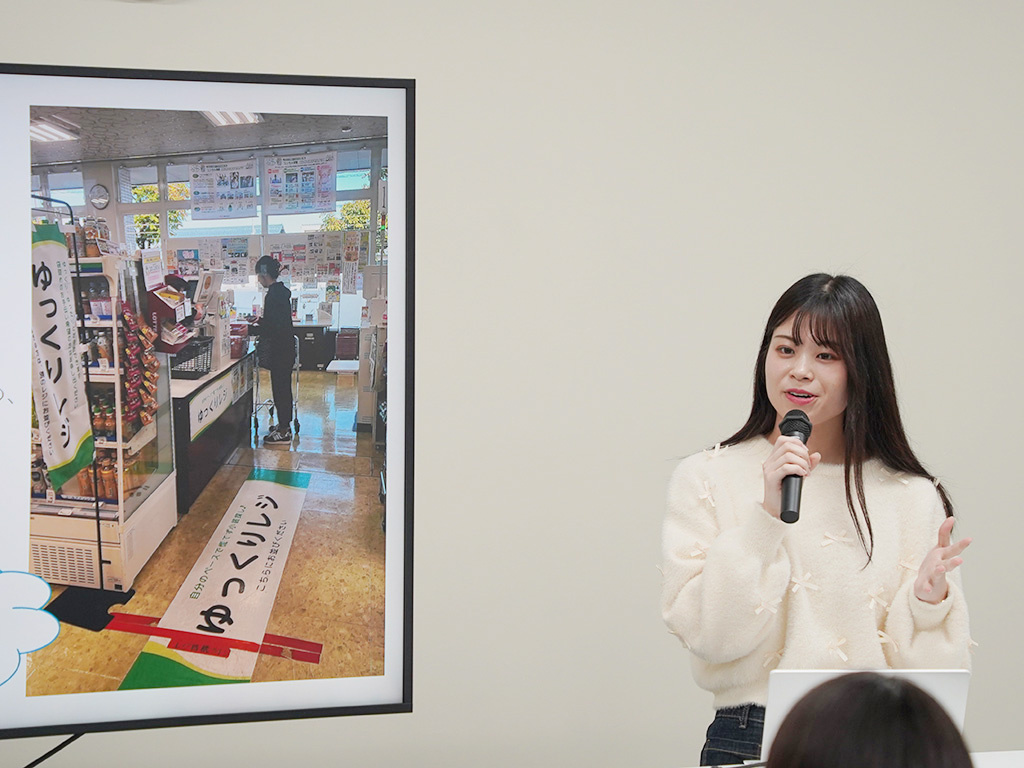
I will incorporate the feedback into my project and continue researching methods to enhance customer satisfaction among employees, enable the implementation of “Smile Register” across different business categories, and articulate its benefits for stores. Additionally, I aim to distinguish it from the existing “Slow Register” system, finalize my report by February 2025, and deliver a public presentation.
Personal growth through degree project
Through the project, I learned the importance of understanding the services that customers really want by logically examining and identifying their needs. I also gained a deeper understanding of the difficulties that elderly customers face in their daily lives, and I was able to learn about the essential value of the customer service industry. As a result of the project, I was able to propose a service that met the communication needs of customers with the support of a primary advisor, and I felt a great sense of achievement. After graduation, I plan to pursue a career in the retail industry, leveraging this experience to emphasize the importance of heartfelt, customer-focused service that brings joy to many.
